Delirium In The Emergency Department: Diagnosis, Evaluation, And Management
- Confusion Assessment Method for delirium diagnosis: the first diagnostic tool to operationalize the DSM definition of delirium; currently the most widely used tool for delirium diagnosis; validated in numerous clinical settings and languages and adapted for use in the ICU.
- Delirium Triage Screen (DTS): the only delirium tool developed for use in the emergency setting; consists of two questions assessing attention and level of arousal/consciousness using the Richmond Agitation Sedation Scale. The DTS can reliably exclude delirium in a matter of seconds; patients with a positive DTS screen should undergo a secondary screening with a test with greater specificity.
- Delirium prevention decreases the morbidity, mortality, and health care costs for hospitalized patients. The Hospital Elder Life Program is a multicomponent intervention to prevent delirium in hospitalized older patients. The New England Journal of Medicine was the first successful nonpharmacologic delirium prevention program and addressed reorientation, sleep protocols, mobility, and hearing and visual impairments. A recent meta-analysis demonstrated that multicomponent nonpharmacologic programs are effective in delirium prevention in medical and surgical inpatient settings.
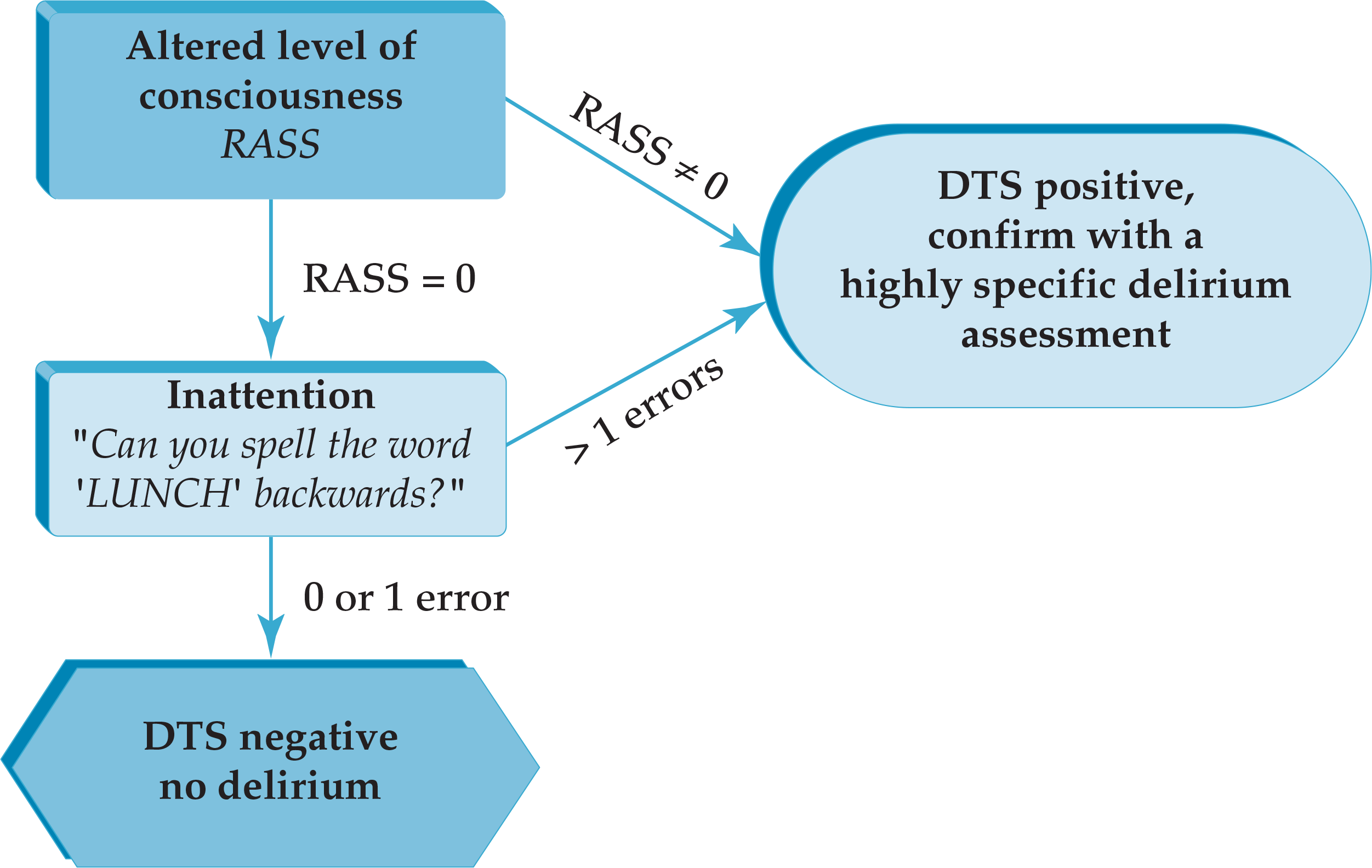
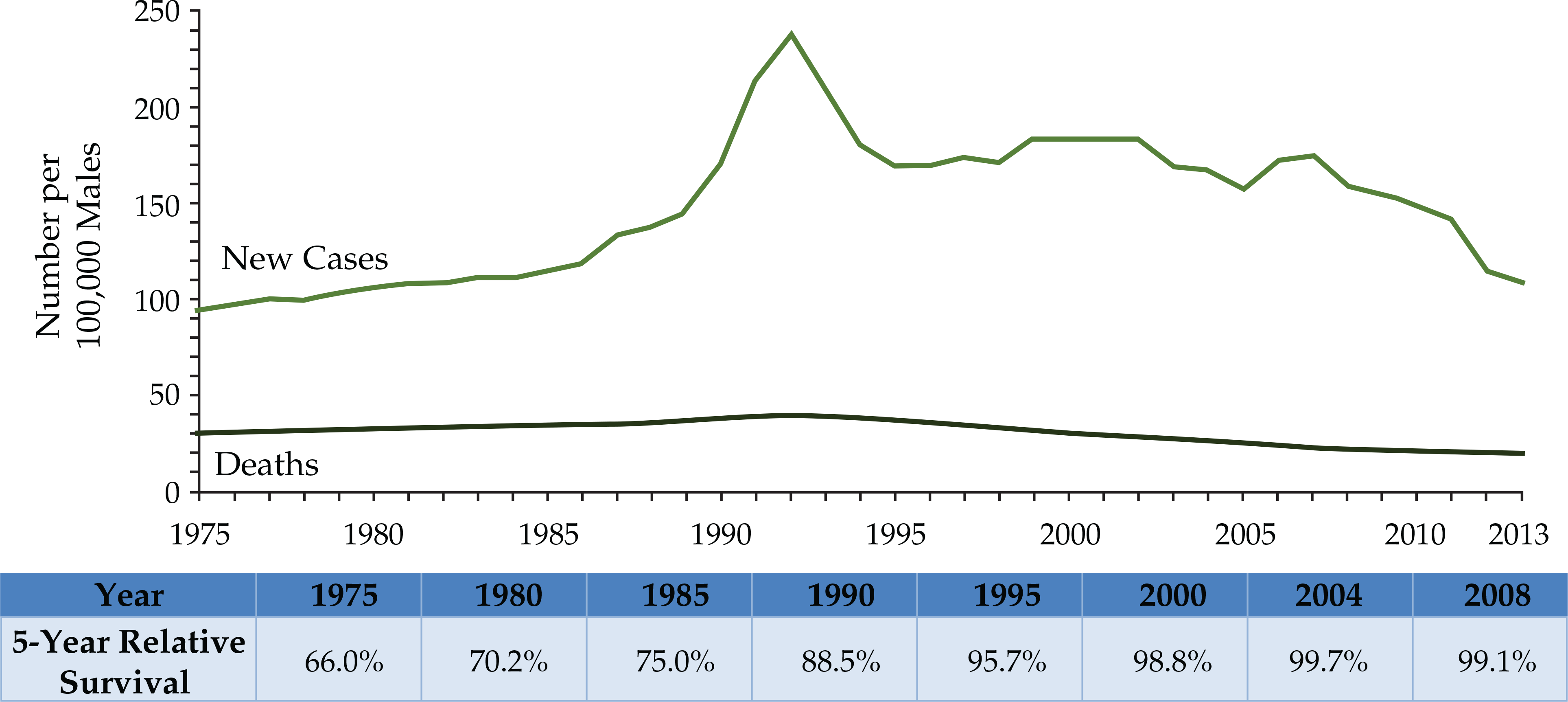
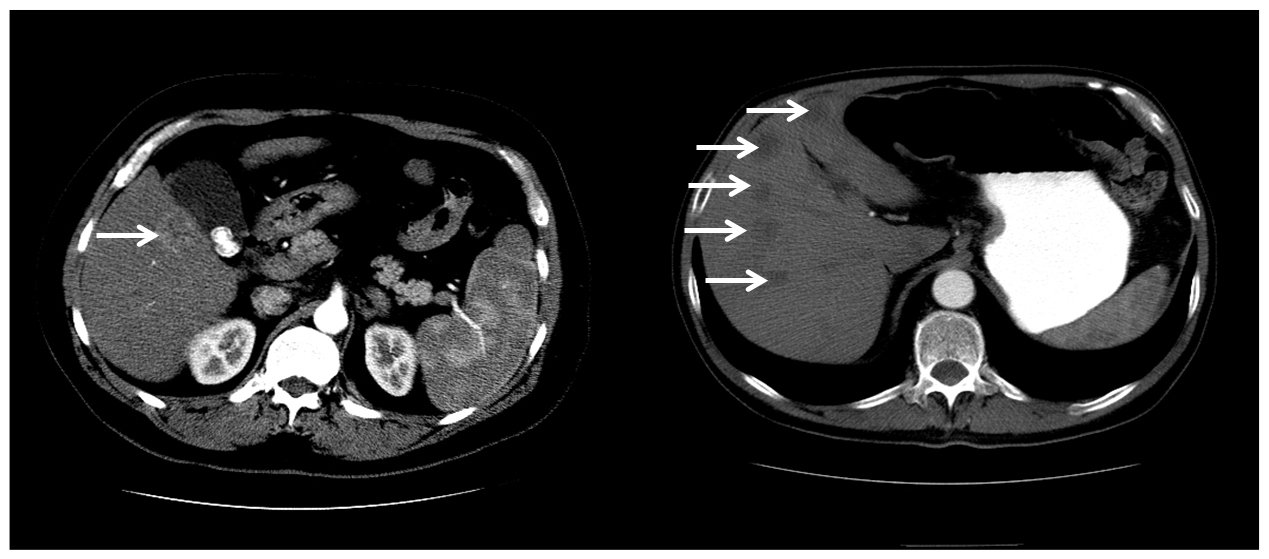
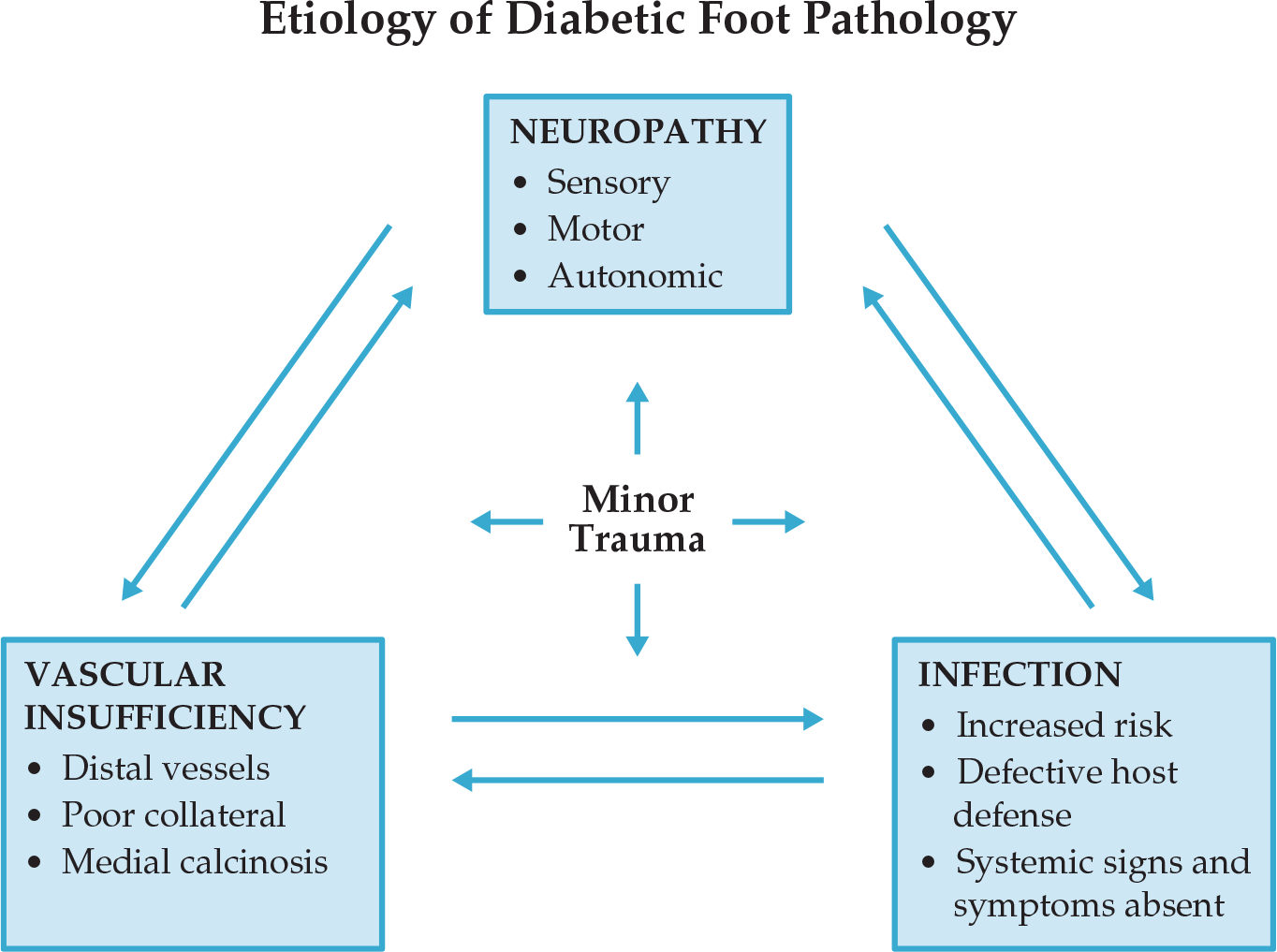

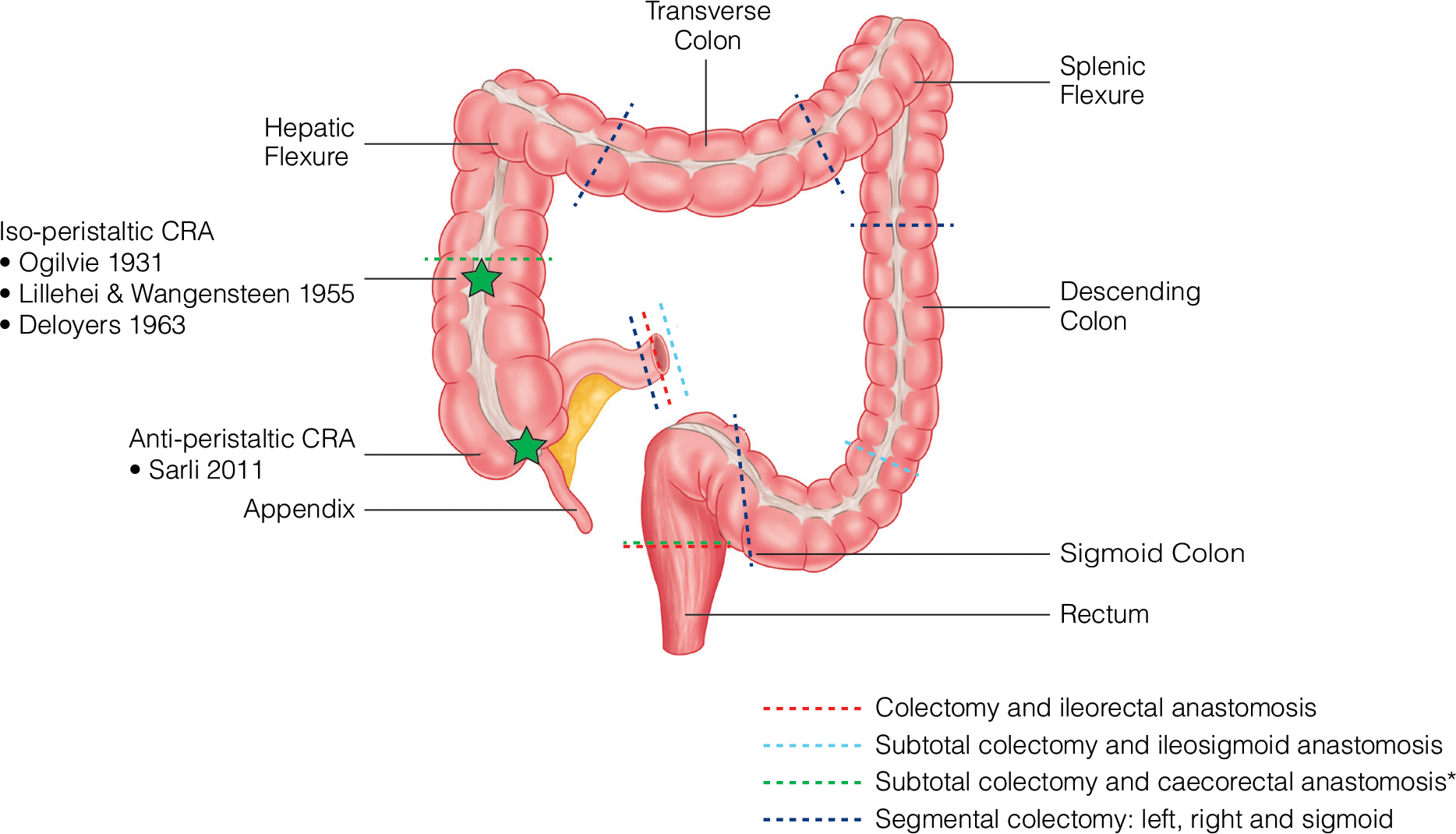

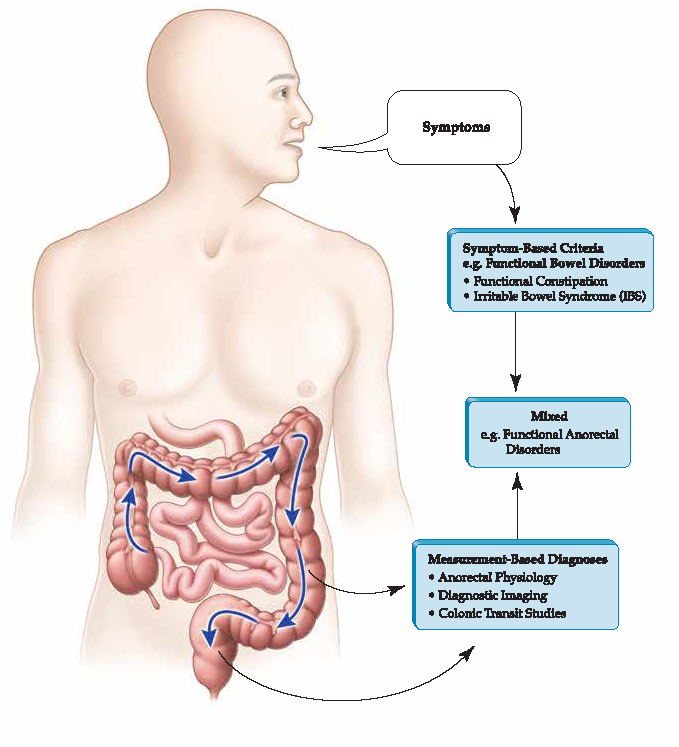


.png)







